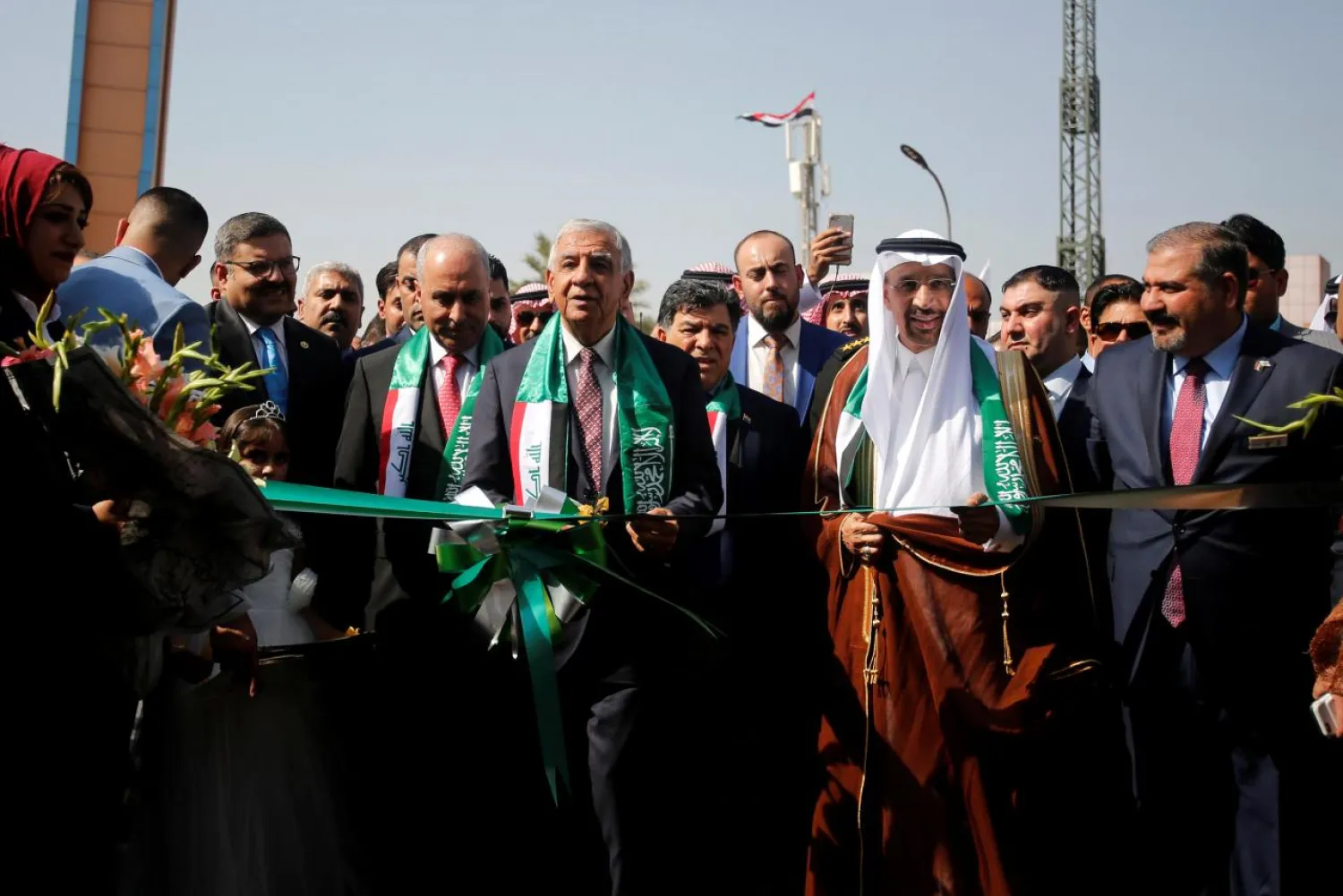Saudi and Iraqi companies signed on Tuesday 18 memorandums of understanding in the fields of energy in the Iraqi city of Basra, in the presence of Eng. Khalid Al-Falih, Saudi Minister of Energy, Industry and Mineral Resources and his Iraqi counterpart, Oil Minister Jabbar al-Luaibi.
Al-Falih, in partnership with al-Luaibi, opened the seventh edition of the Iraq International Oil and Gas Conference and Exhibition, where the Kingdom is a guest of honor, within a delegation consisting of 22 exhibitors and participants in energy and sister industries.
In a speech following the signing ceremony of the MoUs, Al-Falih said that great efforts to promote Iraq and invest its resources to achieve comprehensive development make Saudi Arabia look forward to participating in this development process, which meets Saudi efforts to implement Vision 2030.
“Both countries share a determination to build a promising future for their people, develop their economies, invest resources, promote human capacities and establish sustainable national and global partnerships that support these goals,” he said.
The Saudi minister noted that the Kingdom and Iraq enjoyed strategic advantages, including human resources, geographical location, energy, natural and mineral wealth and existing and potential industrial strength, pointing out that the similarity of these advantages was a solid basis for cooperation between the two countries.
The Iraqi oil minister, for his part, highlighted the importance of the outstanding participation of Saudi companies in the Basra Fair and expressed his optimism towards the opening of new horizons of cooperation and partnership in the future.
Al-Luaibi said that Basra was one of the most important energy capitals in the region and the world and that Saudi Arabia was the region’s leading investor, pointing out that the Iraqi government and the Ministry of Oil were looking forward to activating cooperation with Saudi companies to enhance the economy in both countries.









